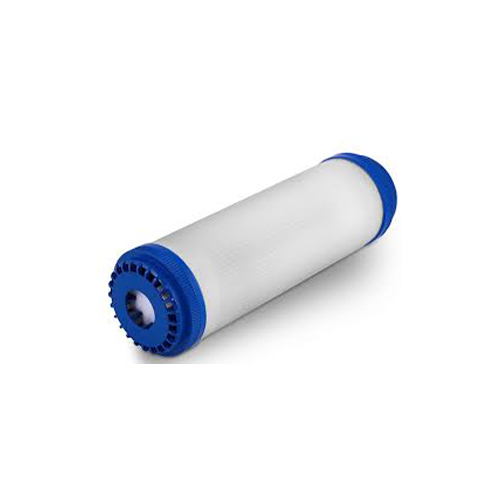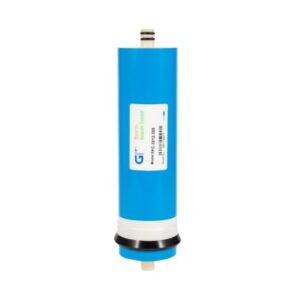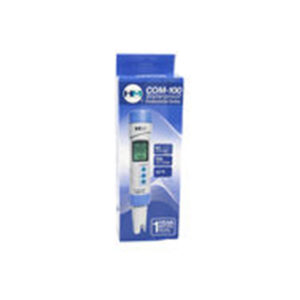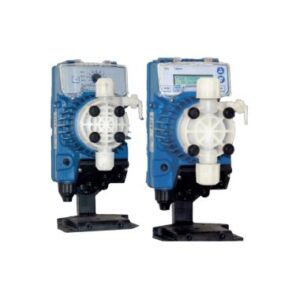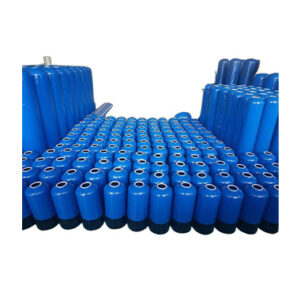Summary of How the Product Works
Carbon filters remove pollutants through adsorption, where pollutants are attracted to the surface of activated carbon and retained similarly to how a magnet attracts iron filings. Additionally, carbon filters act as catalysts, altering the chemical composition of certain pollutants. Activated carbon is particularly effective at removing chlorine, organic chemicals like pesticides, THMs such as chloroform, and many volatile organic compounds found in gasoline, solvents, and industrial cleaners.
Product Description
Carbon filters are commonly used to remove volatile organic compounds, pesticides, nitrates, hydrogen sulfide, and more. Municipal water treatment plants often use disinfectants like chlorine and chloramine, which can leave an unpleasant taste and odor in drinking water. Carbon filters improve taste and odor, making them essential components in reverse osmosis systems.
- Size: 10 & 20 inches
Replacement Rate for Granular Activated Carbon Filter
Carbon filters used in reverse osmosis water purification systems should have both the carbon filter and polishing filter (granular activated carbon filter) replaced every 6-12 months. The lifespan of the carbon filter can vary depending on the water’s level of dirt and contamination. The quality of the carbon, moisture, and usage also impact the filter’s longevity.


